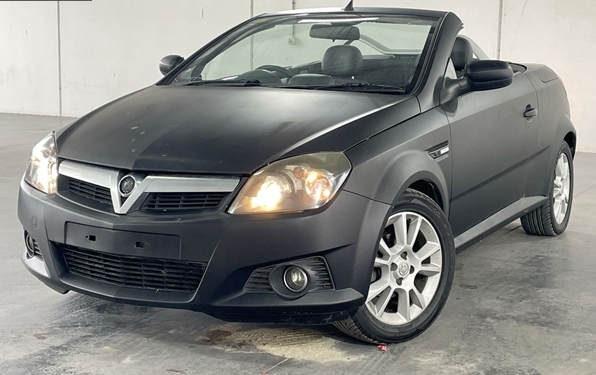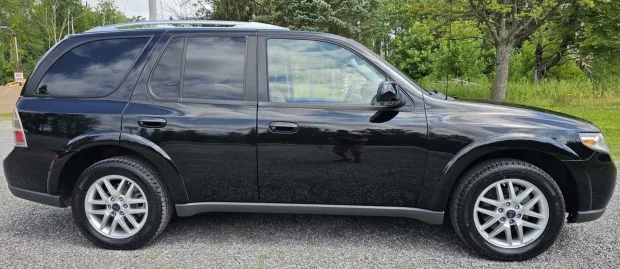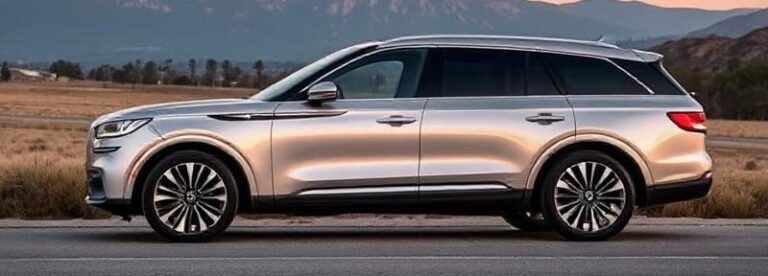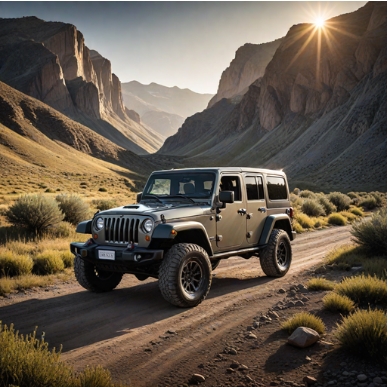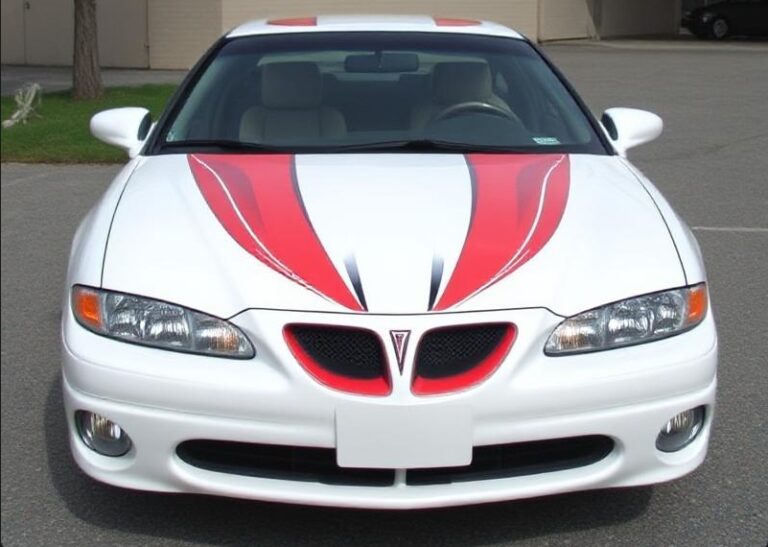The Little Cat That Roared: The Evolution of the Holden Tigra
In the annals of Australian automotive history, the Holden brand is synonymous with large, rear-wheel-drive sedans and rugged utes. Yet, woven into this tapestry of V8 muscle and family-hauling practicality are threads of European flair and niche experimentation. Few cars represent this better than the Holden Tigra, a small, stylish import that graced Australian showrooms in two distinct, and dramatically different, generations. It was never a volume seller, but its story is a fascinating glimpse into Holden’s strategy of using its global General Motors connections to add a touch of continental spice to its otherwise quintessentially Australian lineup.
The Tigra’s journey was not one of gradual change, but of reincarnation. It appeared first as a diminutive, bubble-topped coupe in the mid-1990s, disappeared for nearly a decade, and returned as a sophisticated hardtop convertible in the mid-2000s. To understand the evolution of the Holden Tigra is to understand the changing tastes and market dynamics of two different eras.
Generation One: The SB Tigra (1995-1997) – The Quirky Coupe
The mid-1990s was a period of optimism and change in Australia. The economy was strong, and car buyers were beginning to look beyond traditional sedans. Holden, while dominant with its VR/VS Commodore, recognized an opportunity to capture younger, style-conscious buyers who were being tempted by affordable and funky Japanese imports like the Toyota Paseo, Nissan NX Coupe, and Honda CR-X.
Holden’s solution came from its long-standing German counterpart, Opel. In Europe, Opel had taken its popular Corsa B supermini (sold in Australia as the Holden Barina) and handed it to its design studio with a brief to create a small, affordable sports coupe. The result was the Opel Tigra, a car that looked like it had driven directly off a motor show concept stand. Its most defining feature was its heavily curved, “bubble” glasshouse, including a complex, wrap-around rear windscreen that gave it a unique and instantly recognisable silhouette.
Holden launched the SB Tigra in Australia in September 1995. Marketed as a stylish accessory and a fun-to-drive city car, it was never intended to be a performance powerhouse. Instead, its appeal lay entirely in its head-turning design.
Models and Specifications:
For the Australian market, Holden kept the lineup remarkably simple. There was only one model and one trim level offered throughout its two-year run.
Model: Holden Tigra
Years Produced for Australia: 1995, 1996, 1997
Engine: The Tigra was powered by Opel’s 1.4-litre DOHC 16-valve ‘X14XE’ ECOTEC four-cylinder engine. This was a modest but modern powerplant for its time, producing 66 kW of power and 125 Nm of torque.
Transmission: Buyers had a choice between a slick-shifting 5-speed manual or a conventional 4-speed automatic transmission.
Standard Features: For a small, niche car in the mid-90s, the Tigra was surprisingly well-equipped. Standard features included dual front airbags, anti-lock brakes (ABS), air conditioning, 14-inch alloy wheels, power windows, power mirrors, and central locking. The interior was largely lifted from the contemporary Barina, but with sports seats and unique trim inserts to give it a more special feel.
The SB Tigra was a sprightly, if not fast, performer. Its light weight and Barina-derived underpinnings made it agile and enjoyable to pilot through city streets and winding roads. However, its practicality was limited. The car was officially a “2+2,” but the rear seats were almost comically small, suitable only for small children or, more realistically, luggage. The swooping roofline also compromised rear headroom significantly.
Despite its undeniable charm and chic European styling, the SB Tigra struggled to find a substantial audience in Australia. It was a classic niche vehicle in a market that, at the time, still heavily favored larger cars. After just two years on sale, with sales figures remaining modest, Holden quietly discontinued the model in 1997. The little bubble-top coupe disappeared from showrooms, seemingly for good, leaving behind a legacy as a quirky and memorable footnote in Holden’s history.
The Interlude: An Eight-Year Hiatus
For eight years, the Tigra name lay dormant in Australia. While Opel continued to produce the first-generation model for European markets until 2001, Holden focused on its core products and its other European imports, the wildly successful Astra and the ever-present Barina. There was no direct replacement, and the market for small, affordable coupes had shifted, with new competitors like the Hyundai Coupe capturing the attention of budget-conscious buyers seeking sporting style.
Generation Two: The XC Tigra (2005-2007) – The Sophisticated Roadster
Just when the motoring public had all but forgotten the name, Holden announced a surprising revival. In October 2005, the Tigra returned to Australia, but it was a completely different animal. The cute, fixed-roof coupe was gone. In its place stood the XC Tigra, a sleek, two-seater roadster with a sophisticated electro-hydraulic folding steel roof.
This new model was again a rebadged Opel, this time based on the underpinnings of the Corsa C platform. The transformation from coupe to convertible reflected a major trend in the early 2000s, pioneered by cars like the Peugeot 206 CC. The “Coupe-Cabriolet” concept offered the best of both worlds: the security, quietness, and all-weather protection of a hardtop coupe combined with the open-air thrills of a convertible at the touch of a button.
The engineering of this complex roof was not handled by Opel alone. They enlisted the renowned French coachbuilding specialist, Heuliez, to design and manufacture the “TwinTop” mechanism. The two-piece roof could elegantly fold away into the boot in around 20 seconds, a piece of automotive theatre that became the car’s primary selling point.
Models and Specifications:
Similar to its predecessor, Holden Australia opted for a simple, single-model strategy for the XC Tigra, positioning it as a premium, feature-packed offering.
Model: Holden Tigra
Years Produced for Australia: 2005, 2006, 2007
Engine: The powertrain was a significant upgrade. The XC Tigra was fitted with the larger 1.8-litre DOHC 16-valve ‘Z18XE’ ECOTEC four-cylinder engine, the same unit found in the popular Holden AH Astra. This engine produced a much healthier 92 kW of power and 165 Nm of torque.
Transmission: In a bold and ultimately market-limiting decision, Holden offered the XC Tigra exclusively with a 5-speed manual transmission. There was no automatic option available for the Australian market. This positioned the car as a purer “driver’s car” but alienated a significant portion of potential buyers who preferred an automatic for city driving.
Standard Features: The XC Tigra was loaded with standard equipment, reflecting its higher price point and premium aspirations. The single trim level included 17-inch alloy wheels, sports suspension, leather-trimmed and heated sports seats, cruise control, a leather-wrapped steering wheel, a premium six-speaker sound system with an in-dash CD stacker, and a comprehensive safety package with four airbags and ABS.
The driving experience was transformed. With more power, a more rigid chassis (designed from the outset as a convertible), and sharper suspension, the XC Tigra was a genuinely entertaining car to drive. It felt solid, planted, and responsive. When the roof was down, boot space was compromised (dropping from 440 litres to 250 litres), but this was a common trade-off for vehicles of its type.
Its design was more mature and angular than the first generation, aligning perfectly with Holden’s Astra-led European design language of the mid-2000s. It looked sharp, modern, and distinctly European, competing directly with the Peugeot 207 CC and Mitsubishi Colt Cabriolet.
However, like its forebear, the XC Tigra’s time in the Australian sun was brief. The combination of its strict two-seater layout, manual-only transmission, and a relatively high price point meant it was destined to remain a niche player. By 2007, as Holden began streamlining its import portfolio in the face of a changing global automotive landscape and the impending Global Financial Crisis, the Tigra was once again phased out.
.
Many car aficionados have multiple hobbies, like boating as well as auto stuff. Those who don’t already own a boat (and even some that do), may have thought about building their own boats. It’s really not as hard as you’d think. Just take a look at these easy boat building plans!

.
Legacy: A Tale of Two Cats
The evolution of the Holden Tigra is a story of two fundamentally different cars sharing the same name. The first was a product of 90s whimsy—a cute, bubbly coupe designed to bring a smile to your face. The second was a product of 2000s technology—a clever, sophisticated roadster designed to offer affordable open-top motoring with European style.
Neither generation set the sales charts on fire, but that was never their purpose. The Tigra served as a “halo” car for Holden’s smaller offerings, a conversation starter in the showroom that demonstrated the breadth of the GM global family. They injected a dose of personality and flair into a brand known for its pragmatism.
Today, both generations have developed a cult following. The SB Tigra is remembered for its daring and unique design, a retro-cool icon from the 90s. The XC Tigra is appreciated for being a well-equipped and fun-to-drive hardtop convertible that offered a premium experience for a fraction of the price of its German rivals.
The Holden Tigra’s journey from a cheeky coupe to a clever convertible is a unique chapter in Australian motoring. It stands as a testament to a time when a mainstream brand like Holden was willing to take a chance on the unconventional, bringing a little piece of European automotive charm to Australian shores, not once, but twice.
